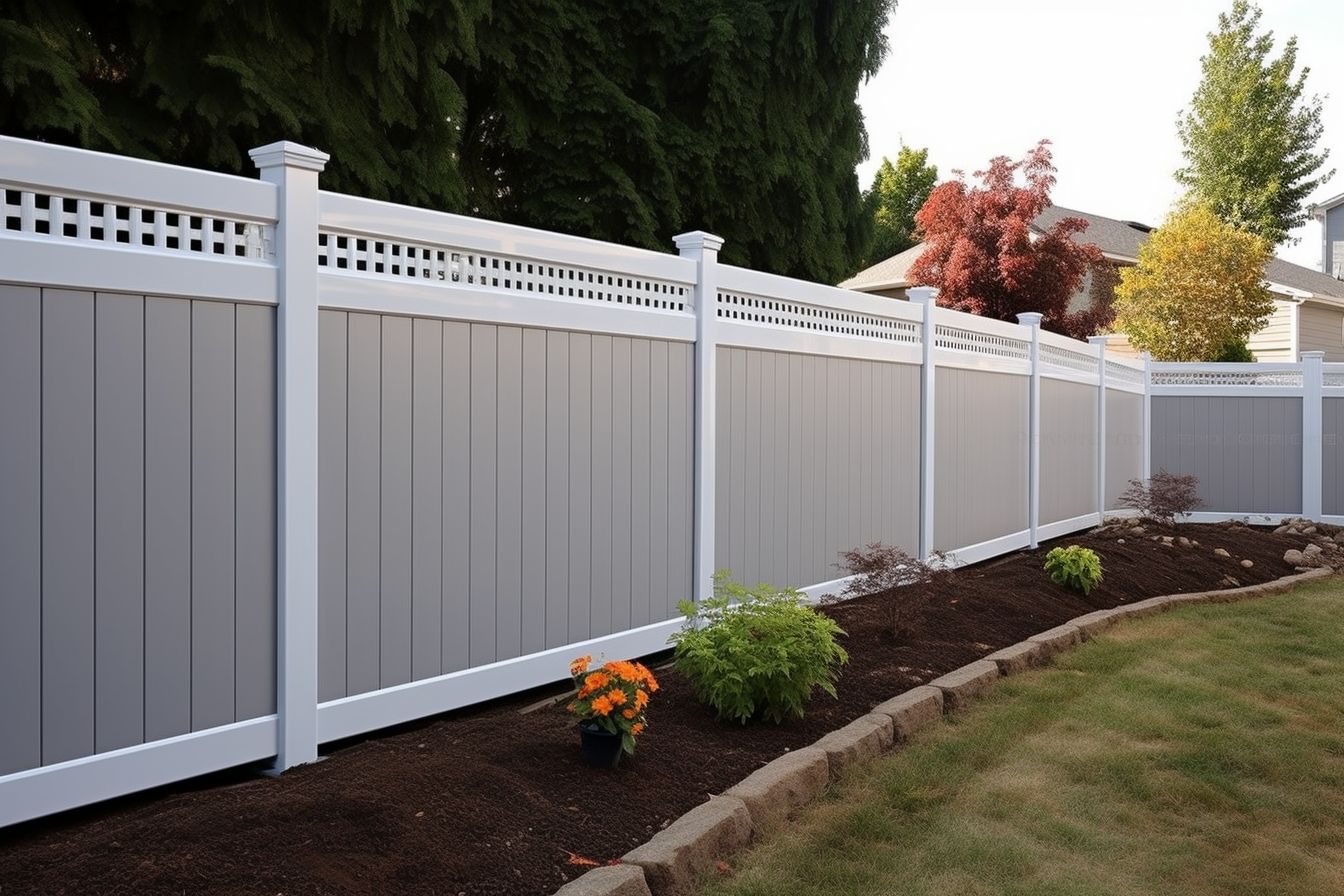Improving indoor air quality with natural materials and improved ventilation
Indoor air quality affects comfort and health in many homes. This article outlines practical steps using natural materials, thoughtful interiors choices, and improved ventilation strategies to reduce indoor pollutants. Readers will find actionable ideas for plants, insulation, renovation decisions, and landscape practices that support cleaner air indoors.

Indoor air quality shapes how comfortable and healthy a living space feels. Improving it often combines material choices inside the home with smarter airflow and thoughtful outdoor decisions that reduce pollutant sources. Natural, low-emission materials, strategic ventilation, and plant-based filtration can lower airborne particles and volatile compounds while supporting a balanced interior environment. This article examines how landscaping, interiors materials, and ventilation practices intersect to improve air, and offers pragmatic steps that fit common renovation and maintenance projects.
This article is for informational purposes only and should not be considered medical advice. Please consult a qualified healthcare professional for personalized guidance and treatment.
Can landscaping and xeriscaping influence indoor air?
Landscaping choices matter because the outdoor environment is the first line of defense for indoor air. Xeriscaping and drought-tolerant plantings reduce the need for frequent irrigation and limit soil disturbance that can release dust and spores toward windows and air intakes. Strategically placed trees and shrubs can act as windbreaks to lower dust infiltration and help shade façades, reducing the load on mechanical cooling and thereby lowering recirculation of indoor pollutants. Using mulch conservatively and selecting perennials with low allergenic pollen reduces airborne irritants near entry points. Thoughtful hardscape placement—paths, patios, and decking—can also channel runoff and reduce mud tracked indoors, cutting down on fine particles brought in on shoes.
What interiors materials reduce airborne pollutants?
Choosing low-emission materials for interiors helps limit long-term off-gassing of volatile organic compounds (VOCs). Natural options—such as low-VOC paints, formaldehyde-free cabinetry, and natural fiber rugs—tend to emit fewer contaminants than conventional alternatives. Insulation type also influences air quality: closed-cell spray foam can reduce drafts but may require careful selection to avoid high-emitting products, while cellulose insulation offers a recycled, lower-emission option in many cases. Flooring choices matter too: some engineered wood and certain resilient floors can trap less dust than heavy-pile carpeting. When renovating, prioritize materials with clear emissions testing or environmental product declarations to make evidence-based decisions.
How do patio, decking and hardscape affect ventilation?
Exterior hardscapes such as patios and decking can be designed to support better natural ventilation. Proper placement of patios and decking relative to prevailing breezes and operable windows can encourage cross-ventilation, which dilutes indoor pollutant concentrations. Hardscapes that elevate outdoor living areas away from soil and mulch beds reduce the transfer of fine particles indoors. In renovation planning, consider how outdoor lighting and covered pergolas interact with window placement: shaded, ventilated outdoor rooms can make it more comfortable to keep windows open for longer periods, supporting passive airflow that complements mechanical systems.
Can plants, greenhouse use and perennials help filter air?
Indoor and nearby outdoor plants can contribute modestly to air quality by trapping particulates and adding humidity balance, though they are not a substitute for ventilation and filtration systems. Using a small greenhouse or protected plant area near air intakes can act as a buffer, reducing direct dust or pollen entry. Perennials and shrub borders chosen for seasonal resilience provide more stable filtration and lower maintenance compared with annual beds. Composting on-site should be managed so odors and microbial emissions are kept well away from windows and vents—proper composting techniques and enclosure can mitigate unwanted effects on indoor air.
How do insulation, renovation and lighting affect air quality?
Insulation and renovation choices impact both pollutant sources and airflow. Sealing gaps and upgrading insulation can prevent outdoor contaminants from infiltrating, but tighter envelopes also demand better deliberate ventilation to maintain healthy indoor air. Mechanical systems, heat-recovery ventilators, or timely window ventilation become more important after insulation upgrades. Lighting choices influence occupant behavior: with well-placed daylighting and efficient lighting, occupants may use windows differently, changing ventilation patterns. During renovation, coordinate contractors to avoid introducing unnecessary dust—containment, regular cleanup, and phased work reduce particulate load in living spaces.
What role do composting, pruning and irrigation play?
Routine landscape maintenance supports indoor air quality by minimizing sources of dust, mold, and pollen. Pruning reduces dense growth that can trap moisture and encourage mold; clearing dead leaves and maintaining mulch at appropriate depths helps limit spore release. Irrigation scheduling that avoids overwatering reduces damp conditions that fuel fungal growth near foundations and vents. Composting benefits soil health and plant vigor but should be sited carefully: a managed compost system with good airflow and cover will compact less and emit fewer odors or bioaerosols toward living spaces. Together, these practices reduce outdoor-to-indoor transport of biological and particulate contaminants.
Conclusion Improving indoor air quality requires a mix of material choices, ventilation strategies, and coordinated landscape planning. Integrating natural, low-emission interior materials with deliberate ventilation—whether passive through window placement and hardscape design or active using mechanical systems—reduces pollutant concentrations. Outdoor practices like xeriscaping, proper irrigation, and organized composting lower the amount of dust, pollen, and spores that reach interiors. When renovation or insulation upgrades are planned, include provisions for controlled ventilation and choose tested, low-emission materials to sustain a healthier indoor environment.





